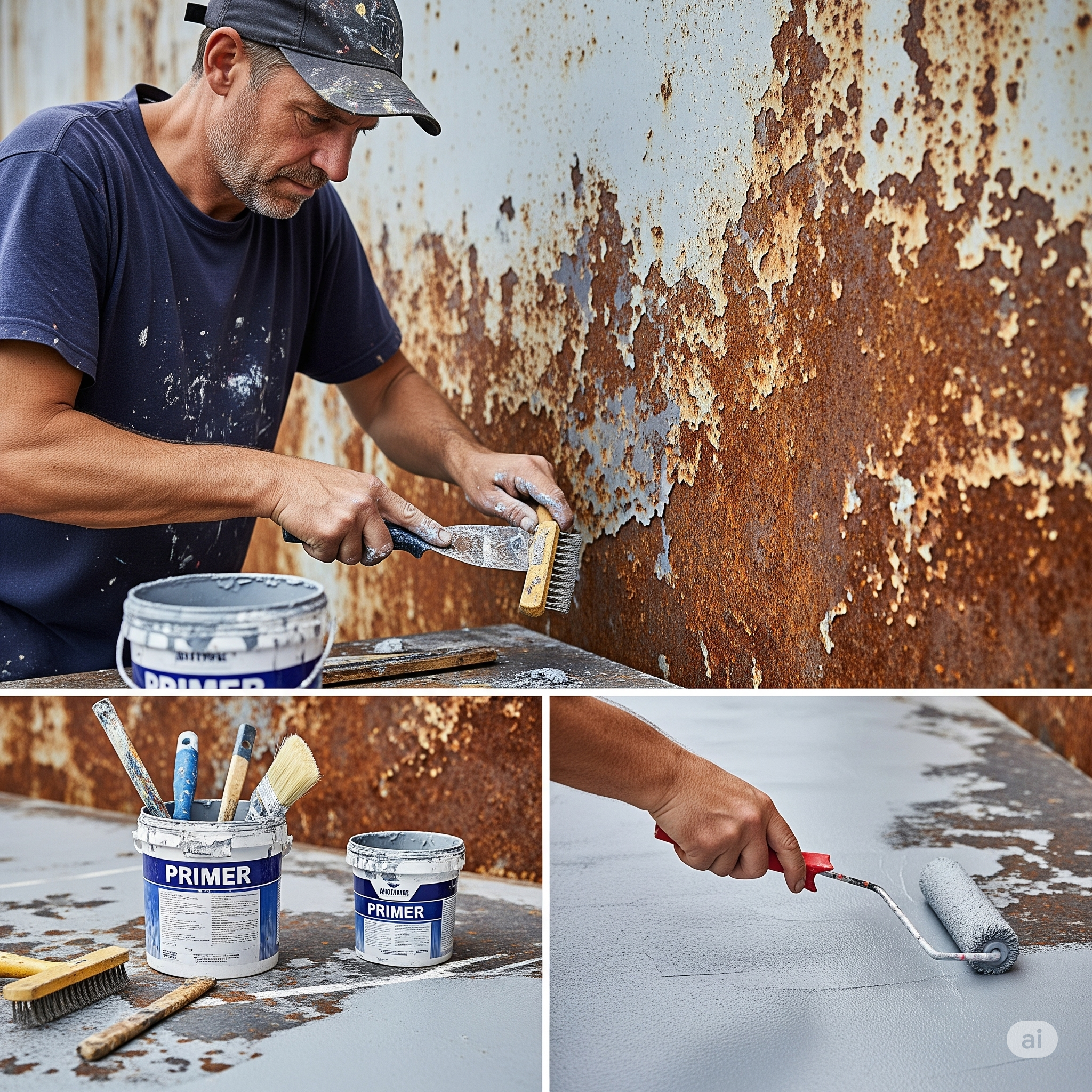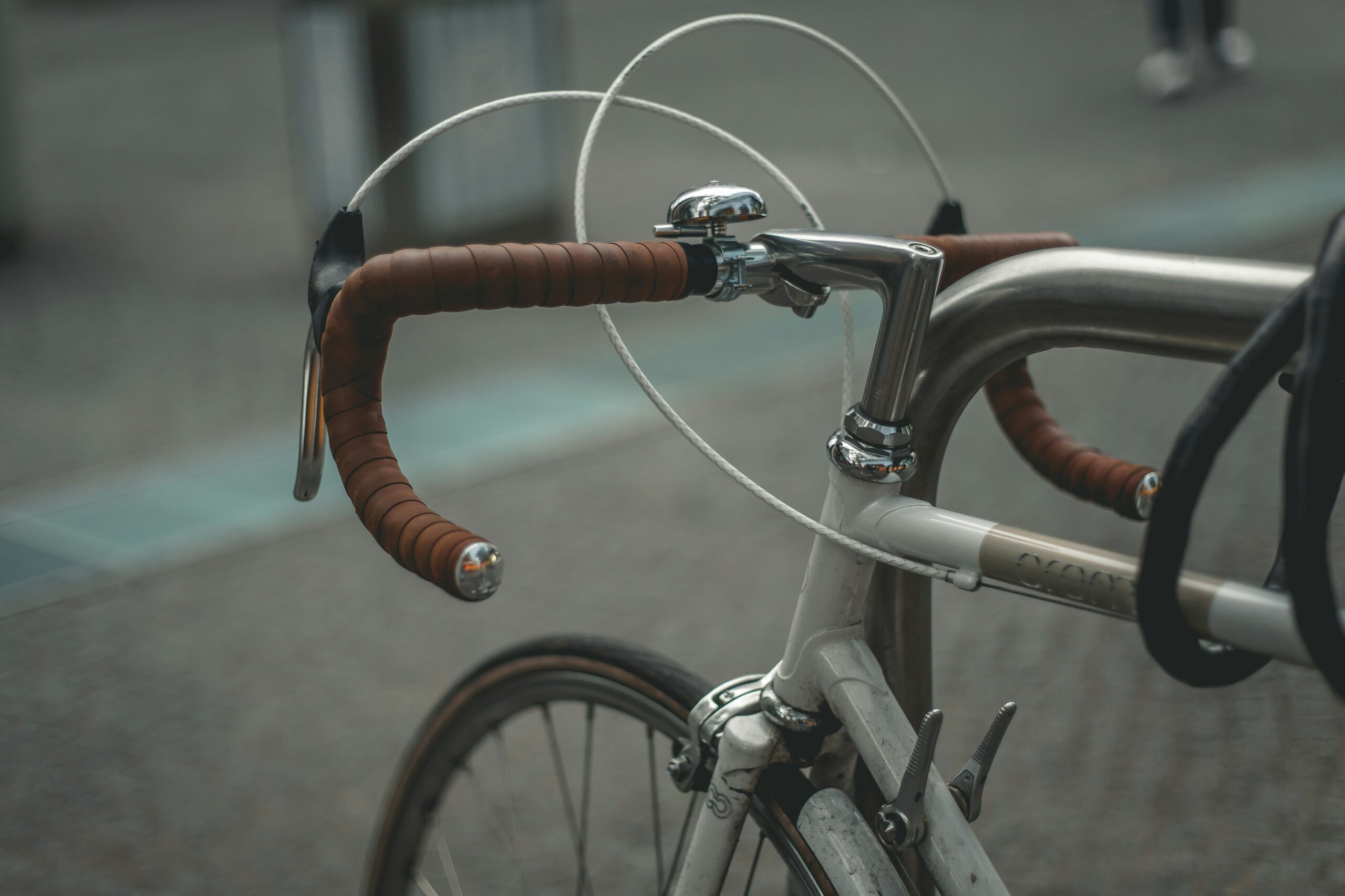Polishing pastes or how to achieve the perfect shine like a pro
Mirror shine is not the prerogative of detailing studios. With Menzerna pastes, you can do it at home. We’ll show you how.
Polishing is the final, but very important part of paint care. Quality paint without proper polishing can look dull, dingy or full of holograms. That's why professionals use multi-step polishing systems that combine different coarseness pastes. Thanks to Menzerna products distributed by COLORIT, the same result can now be achieved in the garage.
How polishing pastes work
Polishing pastes contain abrasive particles that gradually reduce the coarseness of the paintwork and thus remove defects:
- Scratches and scuffs
- Sandpaper marks
- Oxidation residue
- Holograms and milky haze
In addition, Menzerna uses a silicone-free water base, which makes the products easy to clean and does not leave a greasy film.
Step by step: multi-step polishing
A professional result requires a gradual reduction in the aggressiveness of the paste. A 2-3 step polishing process is ideal, depending on the condition of the paintwork.
1. Coarse polishing
- The strongest paste in the range
- Removes deep scratches, sandpaper marks up to grit P1200
- Use with a hard buffing wheel or sheep's wool
2. Combination of coarse and gloss
- Reduces the two-step system to one step
- High material removal with good gloss
- Ideal for already lightly scratched or greyed paintwork
- Works well even on dark shades
3. Final gloss
- Milder paste, suitable for fine corrections
- For commonly scratched lacquers, daily maintenance or second step after 300
- Also excellent for manual application
Multi-step polishing scheme
- Varnish preparation
Wash the car with a pH neutral shampoo, remove tar, insects and fly rust (ideally using a clay kit). - Super Heavy Cut 300
Use on problem areas or the whole car if the paintwork is damaged. - Heavy Cut 400
Follows or replaces 300 for less damaged paintwork. Prepares the surface well for a final shine. - Paste 1000 (or finer)
Completes the process. Also suitable for polishing by hand where a polisher cannot be used. - Protection
After polishing, apply a protective wax or sealant. Final Finish is recommended for a long lasting effect.
Application: by hand vs. by machine
Machine polishing
- Faster, more even results
- Recommended for all three pastes
- Use an orbital or rotary polisher with matching discs
- Do not apply too much pressure and maintain a steady speed
Hand polishing
- Suitable for smaller areas or corrections
- Use foam or microfibre applicators
- Paste 1000 is best suited for manual use
- The result is not as intense but is safer for the less experienced
Tips from practice
- Work in smaller sections. Divide your car into segments (e.g. hood, fender).
- Use as little paste as possible. With Menzerna, a small amount for the whole segment is sufficient.
- Wipe the surface with a microfiber cloth after each step. It helps to reveal imperfections.
- Do not work in the sun. Direct sunlight reduces the effectiveness of pastes and can cause rapid drying.
Menzerna is a concept in polishing pastes. With three proven products - 300, 400 and 1000 - you can achieve a shine previously only associated with professionals. With a high-quality polisher or even by hand, step by step, you will restore depth and shine to your paintwork.



